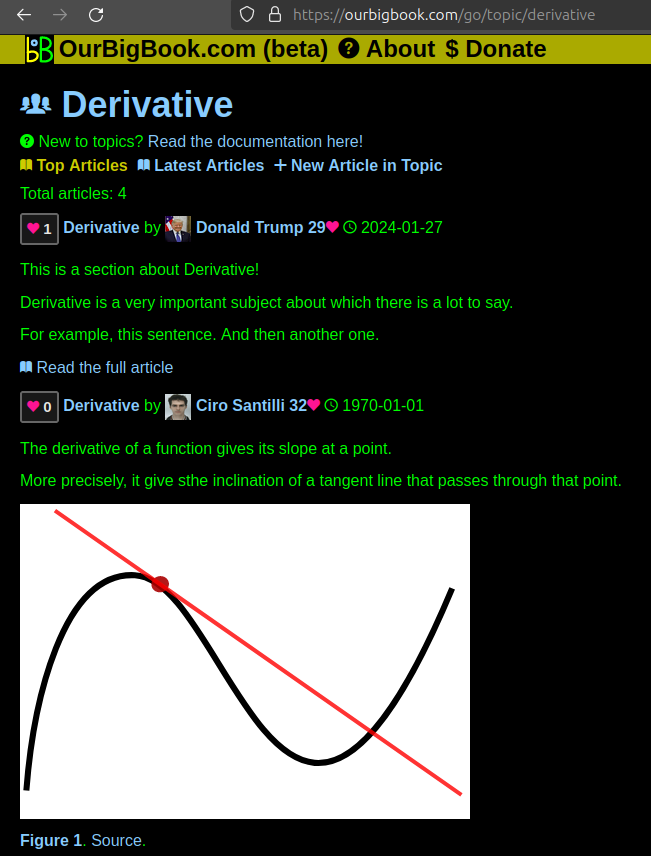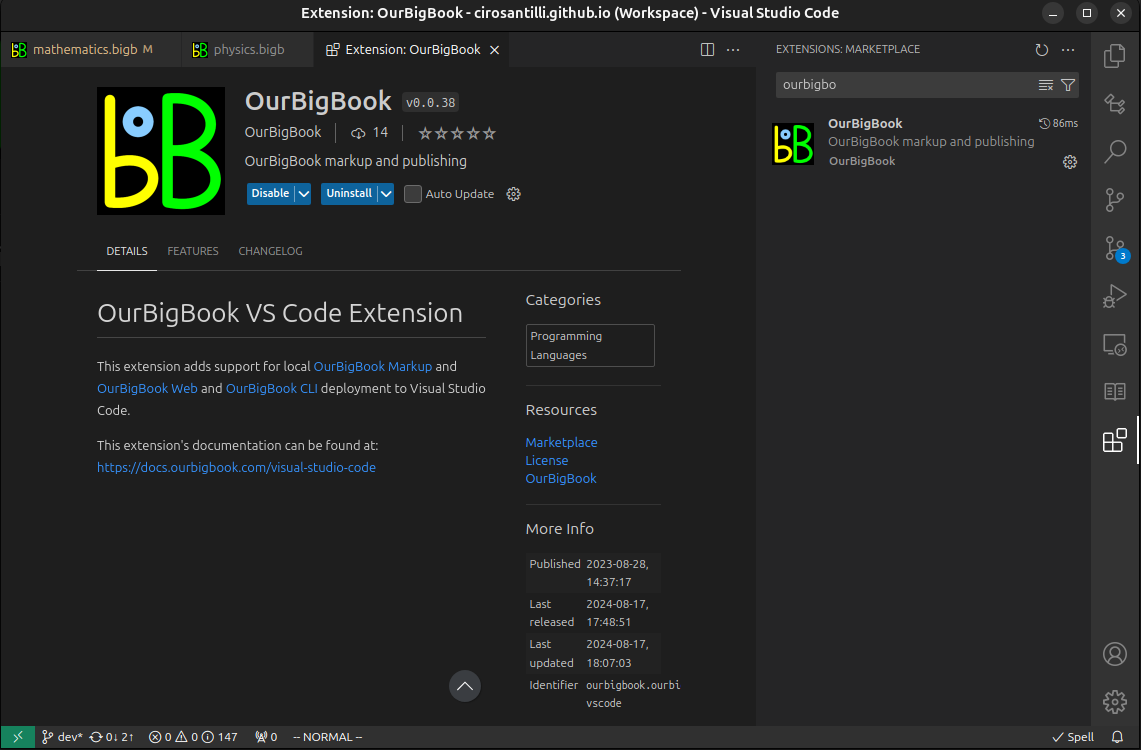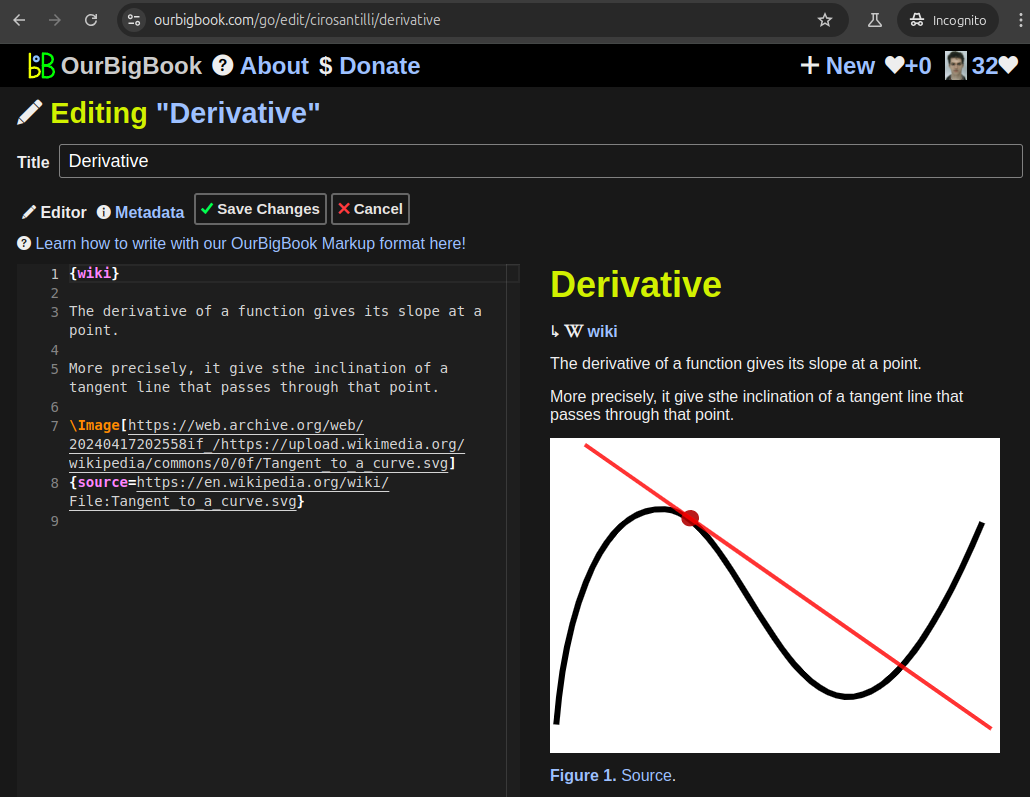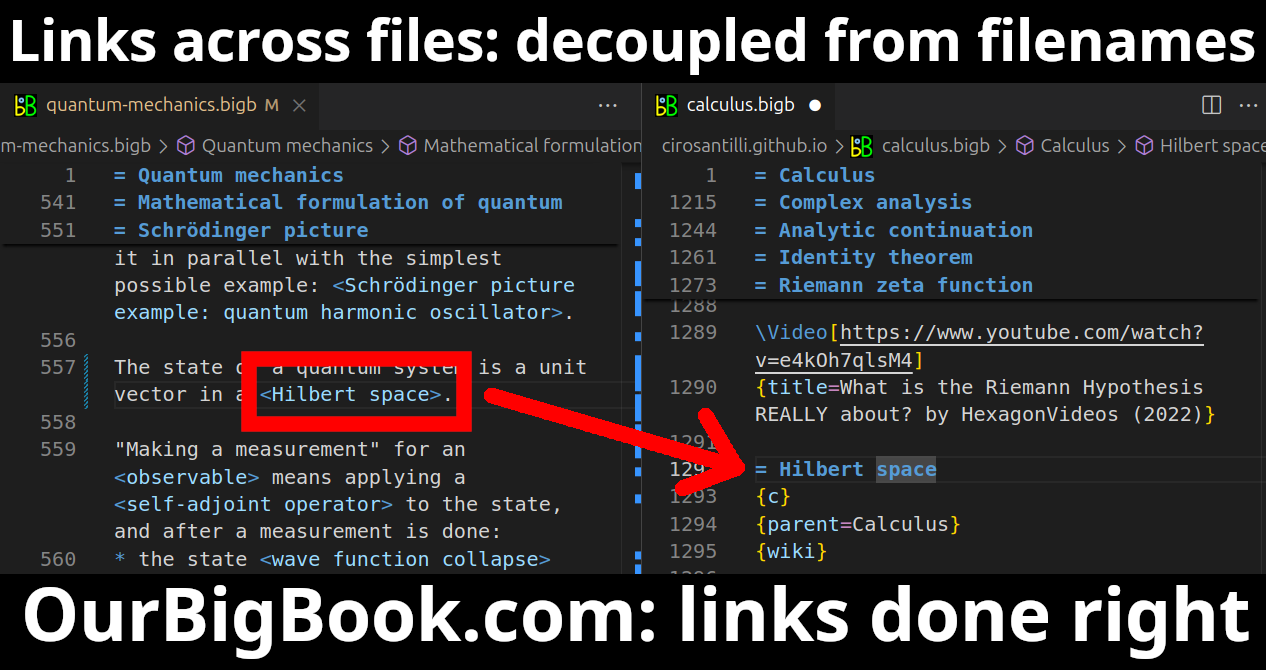Southern and Eastern Serbia encompass a variety of populated places, including towns, cities, and smaller villages. Here are some notable populated places in that region: ### Southern Serbia: 1. **Niš** - The largest city in Southern Serbia, known for its historical significance, including landmarks like Niš Fortress and the Memorial Chapel of the Liberators. 2. **Leskovac** - Known for its rich culinary traditions and the annual BBQ festival.
Vojvodina, an autonomous province in northern Serbia, is known for its diverse religious landscape, reflecting its multicultural population. The predominant religions in Vojvodina include: 1. **Eastern Orthodoxy**: The Serbian Orthodox Church has a significant following, particularly among the Serb population. 2. **Roman Catholicism**: There is a notable Catholic community, primarily among the ethnic Hungarian population, as well as among Croats and Slovaks.
Vojvodina autonomists refer to a political movement and ideology advocating for greater autonomy or self-governance for the Vojvodina region, which is located in northern Serbia. Vojvodina is ethnically diverse, with a significant presence of various ethnic groups, including Hungarians, Slovaks, Croats, and others, alongside Serbs.
Vojvodina is primarily known as a region in northern Serbia, characterized by its rich cultural heritage and diversity. However, its depiction in fiction can vary based on the narrative context. In literature, film, and other artistic mediums, Vojvodina may be portrayed as a setting that reflects its historical complexities, cultural diversity, and social dynamics.
"Chhaya" can refer to different things depending on the context. Here are a few possible meanings: 1. **In Indian Languages**: The word "Chhaya" (छाया in Hindi) translates to "shadow" or "shade." In cultural texts, it can symbolize various concepts, such as protection or the presence of a guardian figure.
The Mid-Infrared Instrument (MIRI) is one of the key scientific instruments aboard the James Webb Space Telescope (JWST), which was launched on December 25, 2021. MIRI is designed to observe the universe in the mid-infrared spectrum, which ranges from about 5 to 28 micrometers. This part of the electromagnetic spectrum is important for studying a variety of astronomical phenomena.
The CLAS (CEBAF Large Acceptance Spectrometer) detector is a significant experimental apparatus used in the field of nuclear and particle physics, specifically at the Thomas Jefferson National Accelerator Facility (Jefferson Lab) in the United States. Its primary purpose is to study the properties of hadrons (particles made of quarks, such as protons and neutrons), as well as to explore the structure of nucleons (protons and neutrons).
FLEX, or the Fluorescence Explorer, is a satellite mission developed by the European Space Agency (ESA) aimed at monitoring and understanding the Earth's vegetation fluorescence. It is designed to measure the natural fluorescence emitted by plants as they undergo photosynthesis, which provides valuable insights into plant health, productivity, and the carbon cycle.
A fluorometer is an analytical instrument used to measure the intensity of fluorescent light emitted by a sample after it has been excited by a specific wavelength of light. It is commonly used in various fields such as chemistry, biology, environmental monitoring, and medical diagnostics. ### Key Components and Functionality: 1. **Light Source**: Typically a lamp or laser that emits light at a specific wavelength to excite the fluorescent molecules in the sample.
A General Antiparticle Spectrometer (GAS) typically refers to a type of scientific instrument used in particle physics and astrophysics to detect and analyze antiparticles. Antiparticles are the counterparts to ordinary particles; they have the same mass as particles but opposite charge and other quantum numbers. For instance, the antiparticle of an electron is a positron.
GlueX, or the Glue Hyperon Experiment, is a particle physics experiment that aims to investigate the structure of nucleons (protons and neutrons) and the fundamental forces involved in their interactions. The experiment is conducted at the Thomas Jefferson National Accelerator Facility (JLab) in Newport News, Virginia. It uses a high-intensity photon beam produced by a 12 GeV electron accelerator to produce a wide variety of particles through photon-nucleon interactions.
A spectrofluorometer is an analytical instrument used to measure the fluorescence properties of samples. It works by emitting light of a specific wavelength to excite the electrons in fluorescent molecules within a sample, causing them to emit light at a different wavelength. The emitted fluorescence can provide valuable information about the sample's composition, concentration, and molecular structure.
Franco Rasetti (1901–2001) was an Italian physicist known for his work in the field of nuclear physics and his contributions to the development of quantum mechanics. He was one of the early collaborators with Enrico Fermi and played a significant role in Fermi's group on nuclear research. Rasetti's research included studies on the properties of atomic nuclei and he was involved in pivotal experiments that contributed to the understanding of nuclear structure and reactions.
Charles Wheatstone (1802–1875) was an English scientist and inventor best known for his contributions to the field of electrical engineering and for his work in the development of the Wheatstone bridge, a device used to measure electrical resistance. The Wheatstone bridge significantly advanced the field of electrical measurement and is still used in various applications today. Wheatstone was also involved in the development of the telegraph and made foundational contributions to acoustics and the understanding of the piano's harmonic qualities.
G. Michael Bancroft appears to refer to an individual, but there might be multiple people with that name, and without a specific context, it is difficult to provide accurate information. If you are looking for information on a particular G.
James Franck (1882–1964) was a German physicist who is best known for his work in atomic and molecular physics. He was awarded the Nobel Prize in Physics in 1925, alongside Gustav Hertz, for their experiments demonstrating the behavior of electrons in atoms, which contributed significantly to the understanding of quantum mechanics. Franck's most notable contribution was the Franck-Hertz experiment, which provided evidence for the quantized nature of atomic energy levels.
Janine Connes is a prominent French mathematician known for her contributions to functional analysis, noncommutative geometry, and mathematical physics. She has made significant advances in the study of operator algebras and has worked extensively on the theory of von Neumann algebras and their applications. Connes is well-known for her work related to the spectral properties of operators and has received numerous awards for her research. She is also recognized for her efforts to promote mathematics and mathematics education.
Johannes Stark (1874–1957) was a German physicist known for his work in the field of experimental physics. He is especially recognized for his research in the areas of atomic and molecular spectroscopy. One of his most notable contributions is the Stark effect, which describes the splitting of spectral lines of atoms and molecules in an external electric field. This effect is significant in the study of the behavior of atoms in electric fields and has various applications in physics and chemistry.
Pinned article: Introduction to the OurBigBook Project
Welcome to the OurBigBook Project! Our goal is to create the perfect publishing platform for STEM subjects, and get university-level students to write the best free STEM tutorials ever.
Everyone is welcome to create an account and play with the site: ourbigbook.com/go/register. We belive that students themselves can write amazing tutorials, but teachers are welcome too. You can write about anything you want, it doesn't have to be STEM or even educational. Silly test content is very welcome and you won't be penalized in any way. Just keep it legal!
Intro to OurBigBook
. Source. We have two killer features:
- topics: topics group articles by different users with the same title, e.g. here is the topic for the "Fundamental Theorem of Calculus" ourbigbook.com/go/topic/fundamental-theorem-of-calculusArticles of different users are sorted by upvote within each article page. This feature is a bit like:
- a Wikipedia where each user can have their own version of each article
- a Q&A website like Stack Overflow, where multiple people can give their views on a given topic, and the best ones are sorted by upvote. Except you don't need to wait for someone to ask first, and any topic goes, no matter how narrow or broad
This feature makes it possible for readers to find better explanations of any topic created by other writers. And it allows writers to create an explanation in a place that readers might actually find it.Figure 1. Screenshot of the "Derivative" topic page. View it live at: ourbigbook.com/go/topic/derivativeVideo 2. OurBigBook Web topics demo. Source. - local editing: you can store all your personal knowledge base content locally in a plaintext markup format that can be edited locally and published either:This way you can be sure that even if OurBigBook.com were to go down one day (which we have no plans to do as it is quite cheap to host!), your content will still be perfectly readable as a static site.
- to OurBigBook.com to get awesome multi-user features like topics and likes
- as HTML files to a static website, which you can host yourself for free on many external providers like GitHub Pages, and remain in full control
Figure 3. Visual Studio Code extension installation.Figure 4. Visual Studio Code extension tree navigation.Figure 5. Web editor. You can also edit articles on the Web editor without installing anything locally.Video 3. Edit locally and publish demo. Source. This shows editing OurBigBook Markup and publishing it using the Visual Studio Code extension.Video 4. OurBigBook Visual Studio Code extension editing and navigation demo. Source. - Infinitely deep tables of contents:
All our software is open source and hosted at: github.com/ourbigbook/ourbigbook
Further documentation can be found at: docs.ourbigbook.com
Feel free to reach our to us for any help or suggestions: docs.ourbigbook.com/#contact






